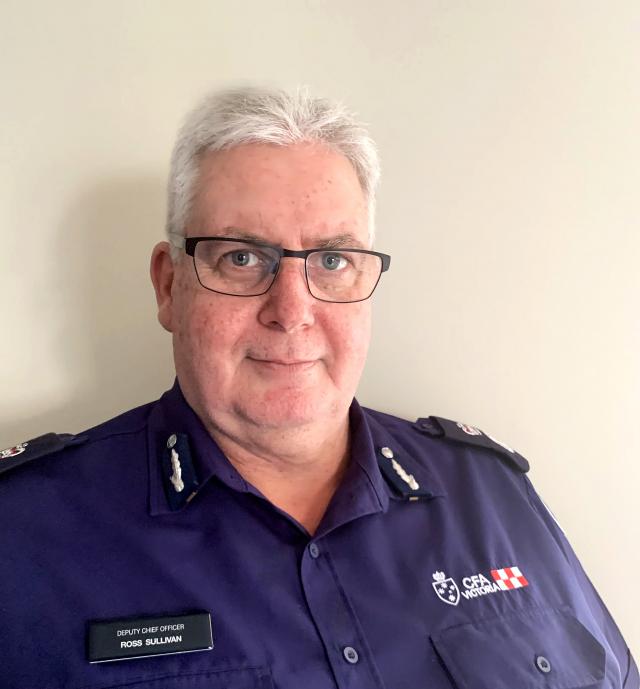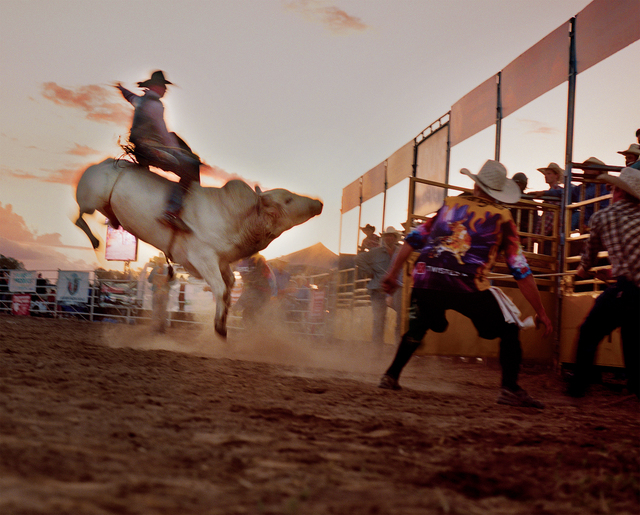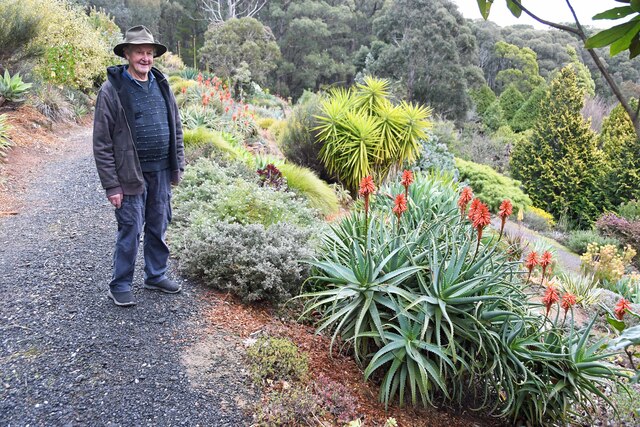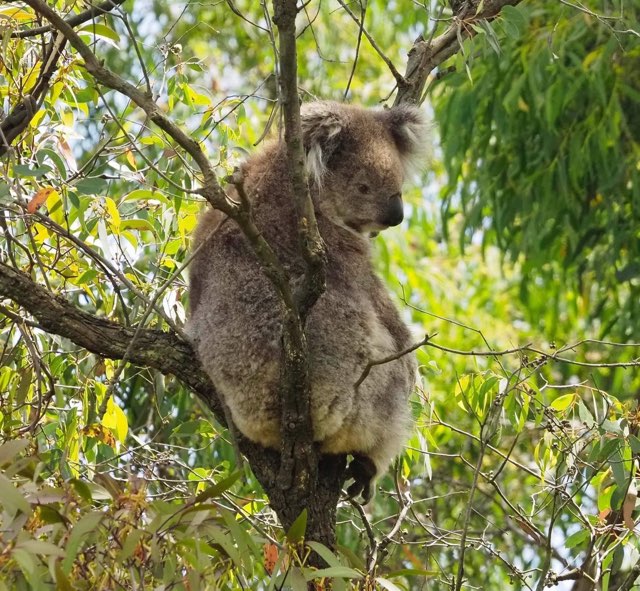In 45 years of service, CFA Deputy Chief Officer Ross Sullivan has witnessed and tackled some of the state’s most traumatic disasters.
Think of Ash Wednesday in 1983, Black Saturday in 2009, the 2014 Hazlewood Mine fire, the 2019-’20 East Gippsland fires and the October 2022 floods.
“Those battles, especially those large fires, involve Mother Nature doing what it does.
“Human intervention is about managing people’s safety in the line of fire. It’s an extremely challenging thing to do.”
The Lysterfield South resident has been recognised with firefighting’s highest honour in the Australia Day list – an Australian Fire Service Medal.
His considerable duties often consume the CFA leader – regarded by colleagues as knowledgeable, empathetic and humble.
But he insists he’s a “very ordinary human being”.
“There’s nothing special in my make-up. I was chuffed that someone had taken the time to nominate me and put things together about my career.
“I have the opportunity to support people doing incredible things in their communities. I’m very fortunate to have that opportunity.”
Feeling the immense human tragedy is what drives Sullivan to forever seek improvements. There’s also the reward of reducing those devastating impacts.
He recalls firefighters risking their lives to help four people caught inside a house fire. The bitter-sweet outcome was they saved one of the victims.
On the night of Black Saturday, Sullivan was deployed to the Churchill fire. He remembers crews being sent to any part of the state in response to the firestorms.
“One of the issues was getting to that fire. There were a number of fires we had to drive through to get there – fires that were active in Narre Warren and Warragul.”
There was great confusion in responding to a fire of such magnitude, coupled with communication issues and the late time of day.
“History tells us that the frequency is becoming greater for those sort of events. That’s what it feels like.
“Fires seem to be more intense these days… fires have even run on cool days with a southerly or south-westerly winds behind them. That’s the difference.”
His career began in 1978 as a 16-year-old when he first rode on the back of the fire truck at Bolinda and Monegeeta brigade.
His parents – like much of the township – were immersed in their fire brigade.
“Being a volunteer at a small rural fire brigade was about looking after friends and farms around the district,” Sullivan said.
“It meant a lot to be part of a service that made such a valued contribution to community.”
He worked up the ranks as a frontline firefighter to his current role as Deputy Chief Officer overseeing 271 brigades and 14,000 volunteers in the North East Region from Scoresby to Victoria’s northern border.
Sullivan has also been involved in upgrades such as the roll-out of a new fit-for-purpose medium pumper as well as a 44-metre ladder platforms that became a key ingredient for aerial firefighting.
He has also led post-incident recovery efforts, establishing a process for rehabilitating and repairing areas damaged by firefighting activity during the 2019-20 fires.
He’s also led relief and recovery after Upper Murray fires in 2019-’20 and the 2022 floods.
This process is regarded now as the CFA standard.
Among his many other achievements, he developed a strategy to address high fire risk and capability issues in alpine areas, and helped design CFA fleets for growing cities and towns in country Victoria.







